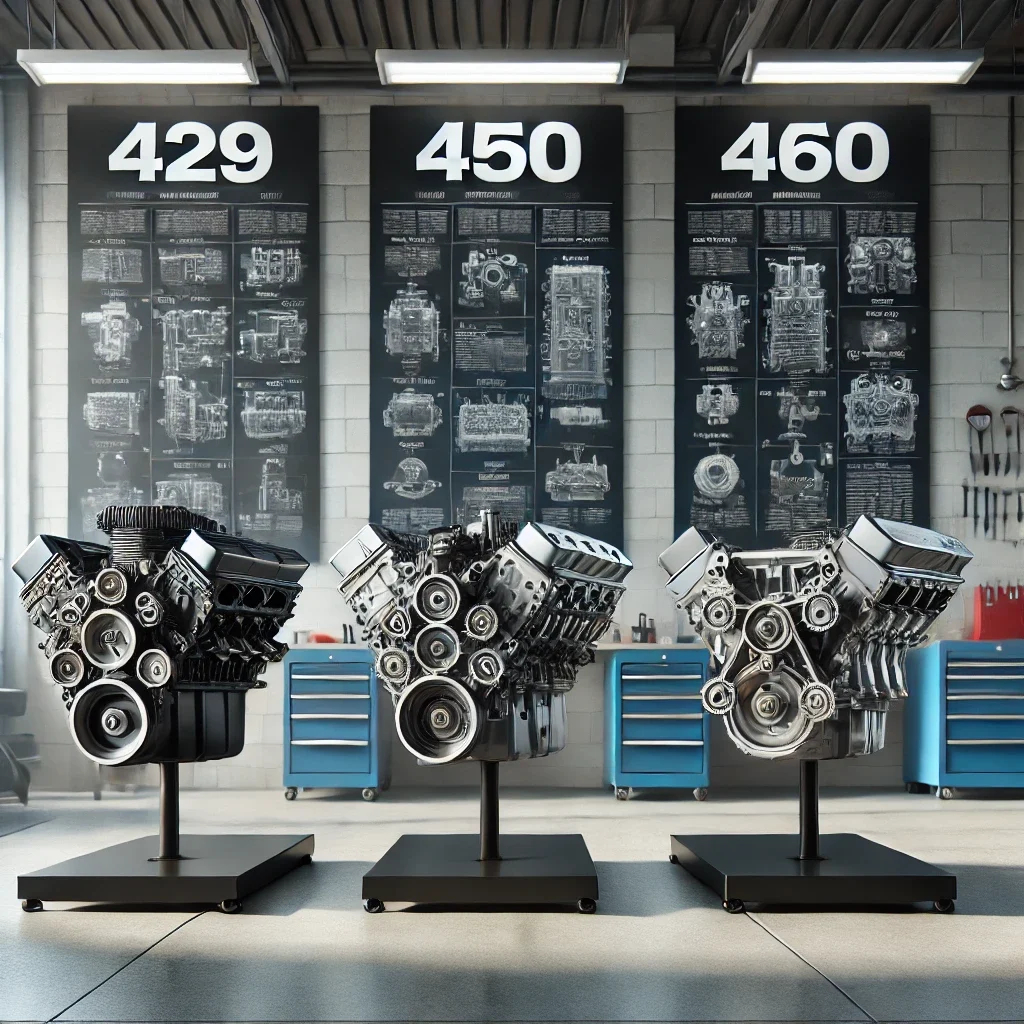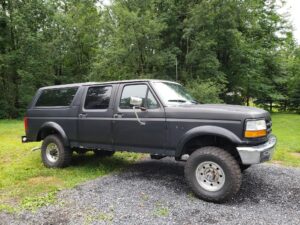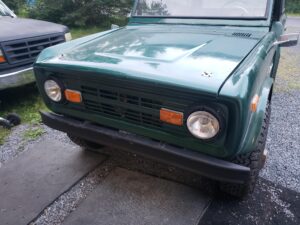Exploring Engine Types: Differences Between the 429, 460, and Smaller Engines

When it comes to automotive performance, understanding the differences between various engine types can make a significant impact on both driving experience and overall vehicle functionality. Among the range of engines produced by Ford, the 429 and 460 engines, part of the 385 Series, stand out for their impressive performance capabilities and design features. In contrast, smaller engines like those from the 335 Series, such as the popular 351C, bring different advantages and characteristics to the table. In this blog post, we will delve into the key differences and functionalities of these engines to help you make an informed decision for your vehicle needs.
The 429 and 460 Engines
The Ford 429 and 460 engines are often celebrated for their robust power output. Originally conceived during the horsepower race era of the mid-’60s, these large displacement engines were tailored for use primarily in bigger passenger cars before they found their way into trucks due to changing industry demands.
- Displacement and Design: The 429 engine has a displacement of 429 cubic inches (7.0 liters), while the 460 engine boasts an even larger displacement of 460 cubic inches (7.5 liters). This additional size in the 460 allows for greater torque and horsepower, making it a popular choice for towing and heavy-duty applications.
- Canted Valve Design: Both the 429 and 460 engines feature a canted valve design which contributes to their impressive breathing capabilities. Canted valves, angled from their vertical position, facilitate the flow of air and fuel into the combustion chamber, thereby optimizing performance. This design helps these engines maintain power levels without significant losses in fuel economy.
- Main-Bearing Caps: It’s noteworthy that the 429 and 460 engines typically use two-bolt main-bearing caps, with exceptions for specific high-performance models that may incorporate four-bolt caps. This is an important aspect for those considering modifications or rebuilds, as compatibility with parts may vary.
- Interchangeability: When it comes to parts interchangeability, while both engines share some similarities, their main-bearing caps and overall dimensions can limit direct swaps. The 460 engine’s stroke is notably longer, which directly affects how components interact and should be matched properly to avoid mechanical issues.
The Smaller Engines: 335 Series
On the other end of the spectrum, the 335 Series engines include the 351C, 351M, and others. These engines have been designed to offer different advantages that cater to a range of vehicle classes and performance needs.
- Size and Weight: Smaller engines like the 351C have significantly less displacement compared to the 429 and 460, coming in at 351 cubic inches (5.7 liters). This reduction in size often means lighter engine weight, which can enhance vehicle handling and fuel efficiency.
- Performance Applications: Smaller engines are frequently utilized in performance applications such as sports cars due to their respective tuning characteristics. They are also often less costly to rebuild and maintain, making them appealing options for budget-conscious enthusiasts.
- Fuel Economy: One of the key advantages of the smaller 335 Series engines is their ability to deliver adequate power while maintaining better fuel economy compared to their larger counterparts. This can be extremely beneficial in daily driving situations, providing a balance between performance and efficiency.
Conclusion
In conclusion, the differences between the 429, 460, and smaller 335 Series engines are significant and cater to different driving needs and preferences. The 429 and 460 engines provide robust power and towing capabilities, making them well-suited for trucks and larger vehicles, while the smaller 335 Series engines deliver efficiency and adequate performance for everyday driving and sports applications. Understanding these differences is vital for any car enthusiast or prospective vehicle owner looking to optimize their automotive experience. Whether you’re rebuilding an engine or selecting the right one for your project, consider how the unique characteristics of each type can enhance your driving experience.
Ultimately, each engine type has its place in the automotive world, catering to a wide array of preferences and uses. As technology progresses, these engines will continue to evolve, ensuring that Ford remains at the forefront of automotive performance for years to come.


